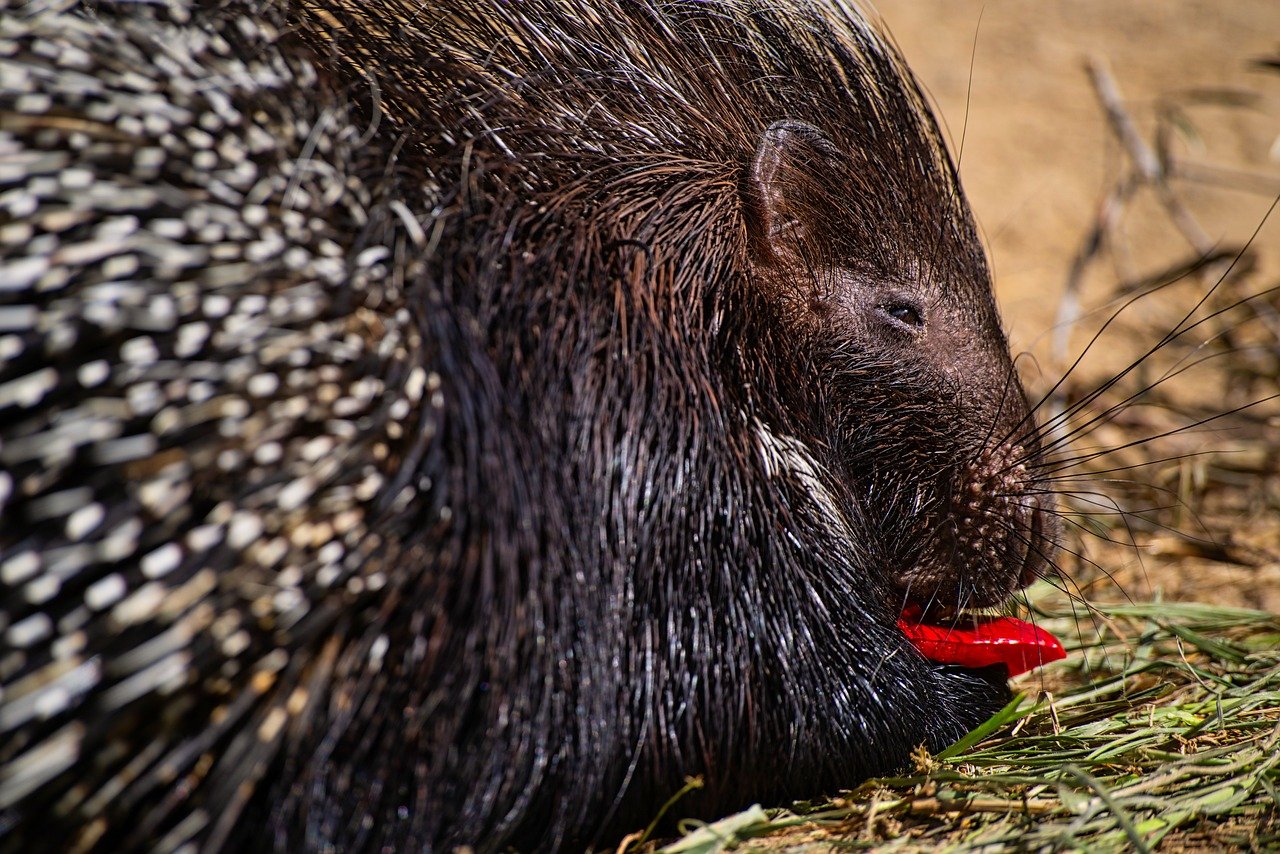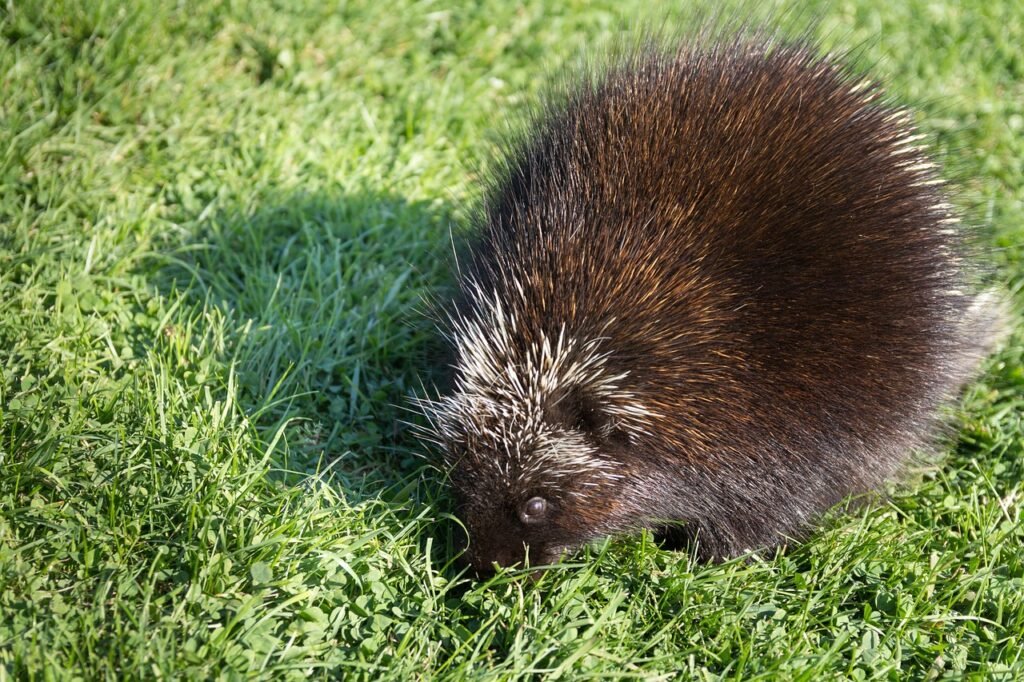Advanced training for porcupines goes beyond basic commands and behaviors, delving into more complex tasks and activities that stimulate their minds and enhance the bond between you and your quilled companion. In this guide, we’ll explore advanced training techniques to challenge your porcupine and provide them with an enriching and rewarding learning experience.
Key Concepts of Advanced Training:
1. Building on Basic Commands:
- Advanced training builds on the foundation of basic commands. Ensure your porcupine is proficient in basic behaviors before moving on to more advanced tasks.
2. Positive Reinforcement:
- Positive reinforcement remains a key element. Use treats, praise, and other rewards to motivate and reinforce desired behaviors during advanced training.
3. Patience and Consistency:
- Advanced training requires patience and consistency. Be patient with your porcupine, and maintain a consistent approach to reinforce new behaviors.
Advanced Training Techniques:
1. Targeting Different Objects:
- Teach your porcupine to target or touch different objects with their nose or paw. This can include targeting specific shapes, colors, or items.
2. Sequence of Behaviors:
- Train your porcupine to perform a sequence of behaviors in a specific order. For example, a series of tricks or commands executed one after the other.
3. Obstacle Course Navigation:
- Set up an obstacle course for your porcupine to navigate. Train them to move through tunnels, climb over platforms, or weave through obstacles.
4. Problem-Solving Challenges:
- Introduce advanced problem-solving challenges, such as puzzles or tasks that require more cognitive effort to complete.
5. Retrieve and Deliver Items:
- Train your porcupine to retrieve and deliver specific items. This could include bringing a designated toy or delivering an object to a specific location.
6. Platform Training:
- Teach your porcupine to stand on or move between platforms. This not only provides physical exercise but also engages their cognitive abilities.
7. Color or Shape Recognition:
- Introduce color or shape recognition. Train your porcupine to respond to specific colors or shapes with corresponding behaviors.
8. Scent Discrimination:
- Develop scent discrimination skills by training your porcupine to identify and respond to different scents. Use scented objects or markers for training.
9. Advanced Target Training:
- Advance target training by introducing more intricate targets or combining multiple targets for complex behaviors.
10. Impulse Control Exercises:
Train your porcupine in impulse control exercises, such as waiting patiently for treats or refraining from a behavior until given a specific cue.Tips for Successful Advanced Training:
1. Break Down Complex Behaviors:
- Break down complex behaviors into smaller, manageable steps. Gradually build up to the final behavior to ensure understanding.
2. Use Variable Reinforcement:
- Implement variable reinforcement to maintain engagement. Occasionally reward behaviors with treats or praise to keep your porcupine motivated.
3. Adapt to Individual Preferences:
- Pay attention to your porcupine’s preferences. Tailor training to activities they enjoy to enhance motivation.
4. Short and Engaging Sessions:
- Keep training sessions short and engaging. Porcupines have shorter attention spans, so focus on quality over quantity.
5. Celebrate Achievements:
- Celebrate each achievement during advanced training. Positive reinforcement and celebratory interactions strengthen the bond between you and your porcupine.
6. Seek Professional Guidance:
- If you encounter challenges or wish to explore more advanced training, consider seeking guidance from a professional animal behaviorist.
Final Thoughts:
Advanced training for porcupines is a rewarding endeavor that not only stimulates their minds but also deepens the connection between you and your quilled companion. By incorporating these advanced training techniques with patience, positive reinforcement, and a tailored approach, you’ll provide your porcupine with a fulfilling and intellectually stimulating environment. Enjoy the journey of expanding your porcupine’s capabilities and strengthening the bond you share through advanced training activities.



